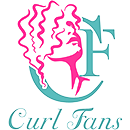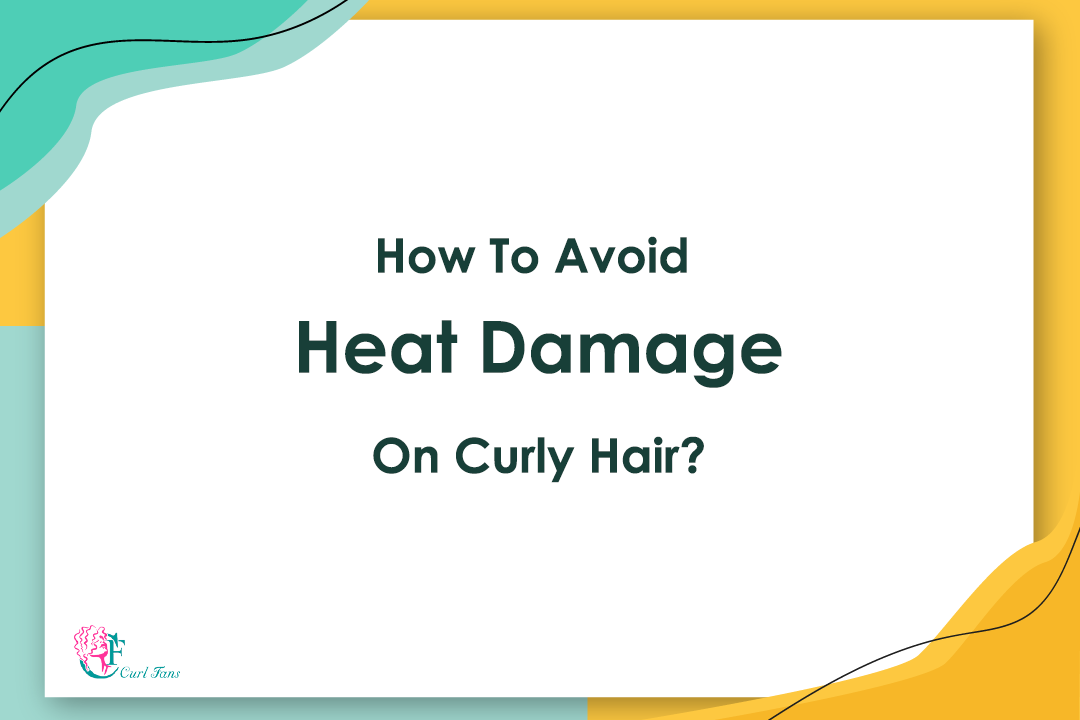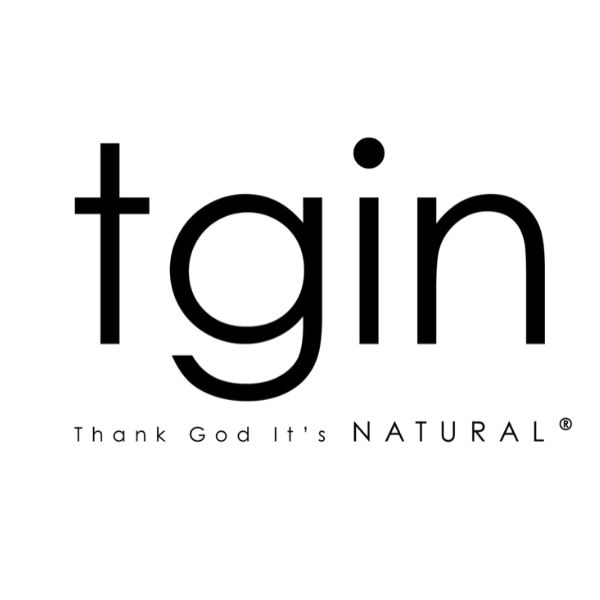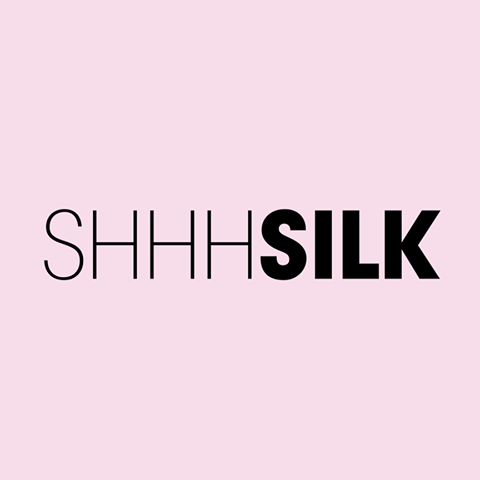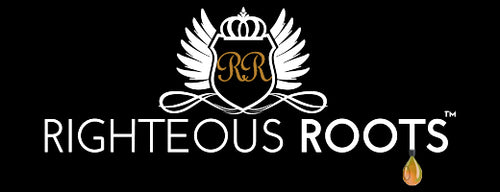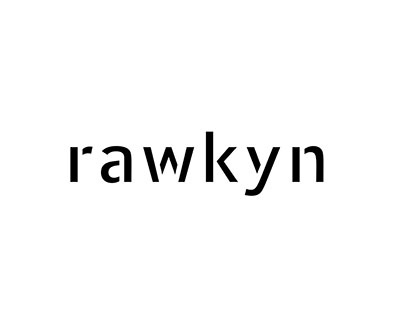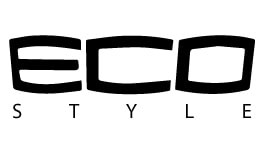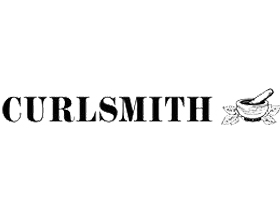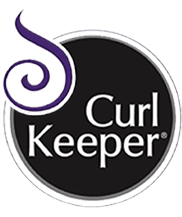Many curlies avoid heat styling to protect their curls from breakage, frizz, and an altered curl pattern. Avoiding heat styling is the best way to avoid thermal damage such as heat damage. You’ll basically need to trim your damaged parts and start over.
Split ends are the most telling sign of heat-damaged hair, but there are some other ones that aren’t quite as obvious. If you’re wondering if you’ve been having a string of bad hair days or if your tresses could possibly be a bit more heat damaged than you initially thought. Here are the signs you should be on the lookout for and some tips for how to avoid heat damage on curly hair.
What Is Heat Damage?
With the use of heat and tension or pressure, hydrogen bonds are broken in the hair, and new hydrogen bonds form to support the new shape (straight or curly).
Heat-damaged hair may appear and feel frizzy, with split ends and even breakage possible. In addition, if your curls are not curling and bouncing like the rest of your hair, you might have heat damage.
Signs Of Heat Damage On Curly Hair:
Dry Hair
Moisture is essential for all hair types. If you drink lots of water, condition your hair, and apply a light oil to it every couple of days, your hair will get it. It is a sign of heat damage if it remains dry no matter what you do. This is especially true if the hair has a lot of tangles and is extremely difficult to style.
Hair Shedding
Each day, we shed between 50 and 100 strands. Heat can sometimes damage not just our hair, but also our hair follicles if we use a lot of heat. The roots of our hair will weaken, resulting in more hair loss than is necessary. In other words, if you see lots of hair in your brush or bathroom sink or bedding with a tiny bulb at each end, you need to let up on the heat and give your scalp a scalp massage.
Lack Of Elasticity
Hair is designed to have some elasticity. The problem arises if you notice too much breakage when styling your hair. You can gently tug on a strand of hair that is in good condition and it should return to its original shape. Yours probably broke because it was too dry due to a lack of moisture caused by heat damage.
Lack Of Bounce
Is your natural wave or curl pattern still the same, or has it suddenly become limp or semi-straight? You may have some heat damage if your curls are as bouncy as before.
How To Prepare Your Hair To Avoid Heat Damage On Curly Hair?
Cleanse your curls before heat styling. Before heat styling your hair, always shampoo and condition it. When working with the heat outside of your normal routine, clean hair is best.
Don’t start heating your hair until you’ve done conditioning. Uncle Funky’s Daughter Midnite Train Leave-in Conditioner helps you prepare your hair for heat by keeping your hair moisturized.
Uncle Funky’s Daughter Midnite Train Leave-in Conditioner
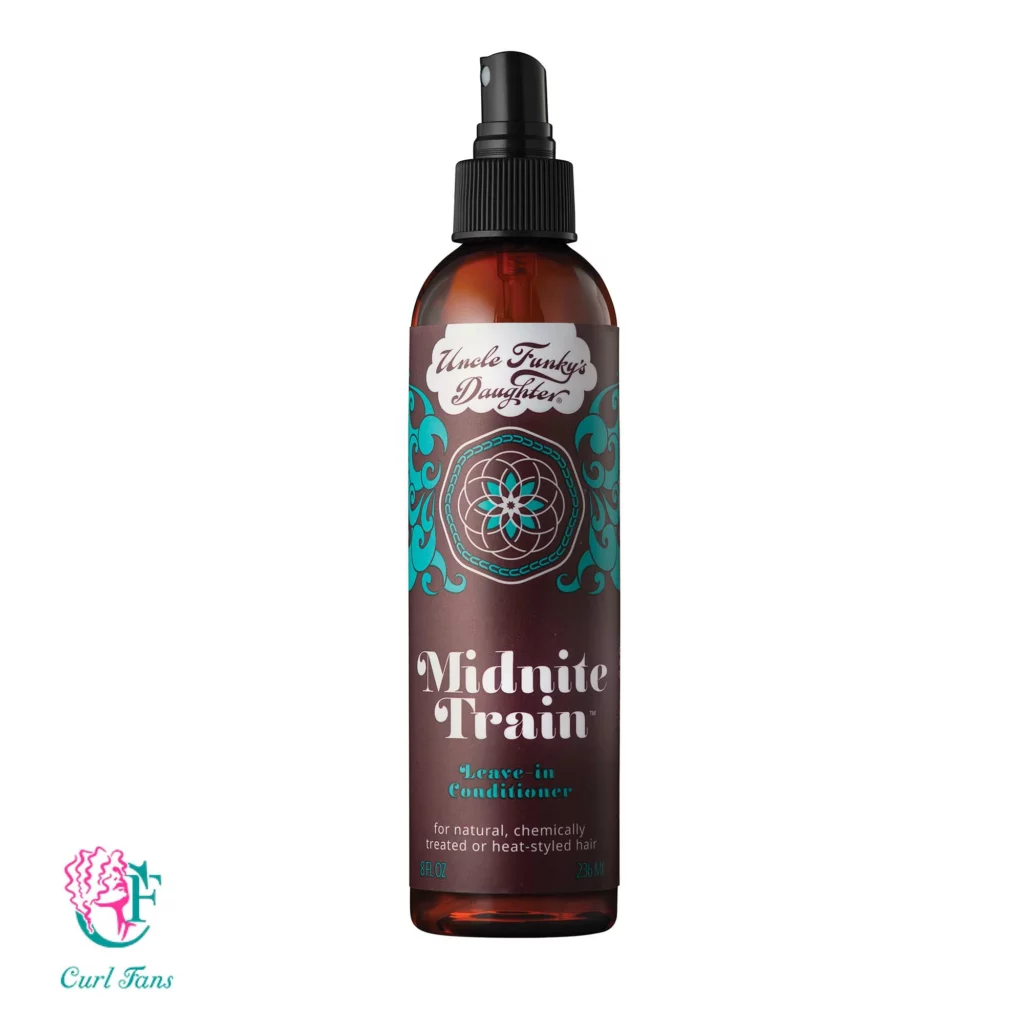
How To Avoid Heat Damage?
Deep Condition Your Curly Hair.
Before styling your hair, use your favorite deep conditioner to lock in moisture and maintain your curls. By doing this, you will ensure that your natural hair is moisturized, healthy, and ready to accept further changes. Check Giovanni Smooth As Silk Deeper Moisture Conditioner to learn more about one of our newest deep conditioners.
Giovanni Smooth As Silk Deeper Moisture Conditioner
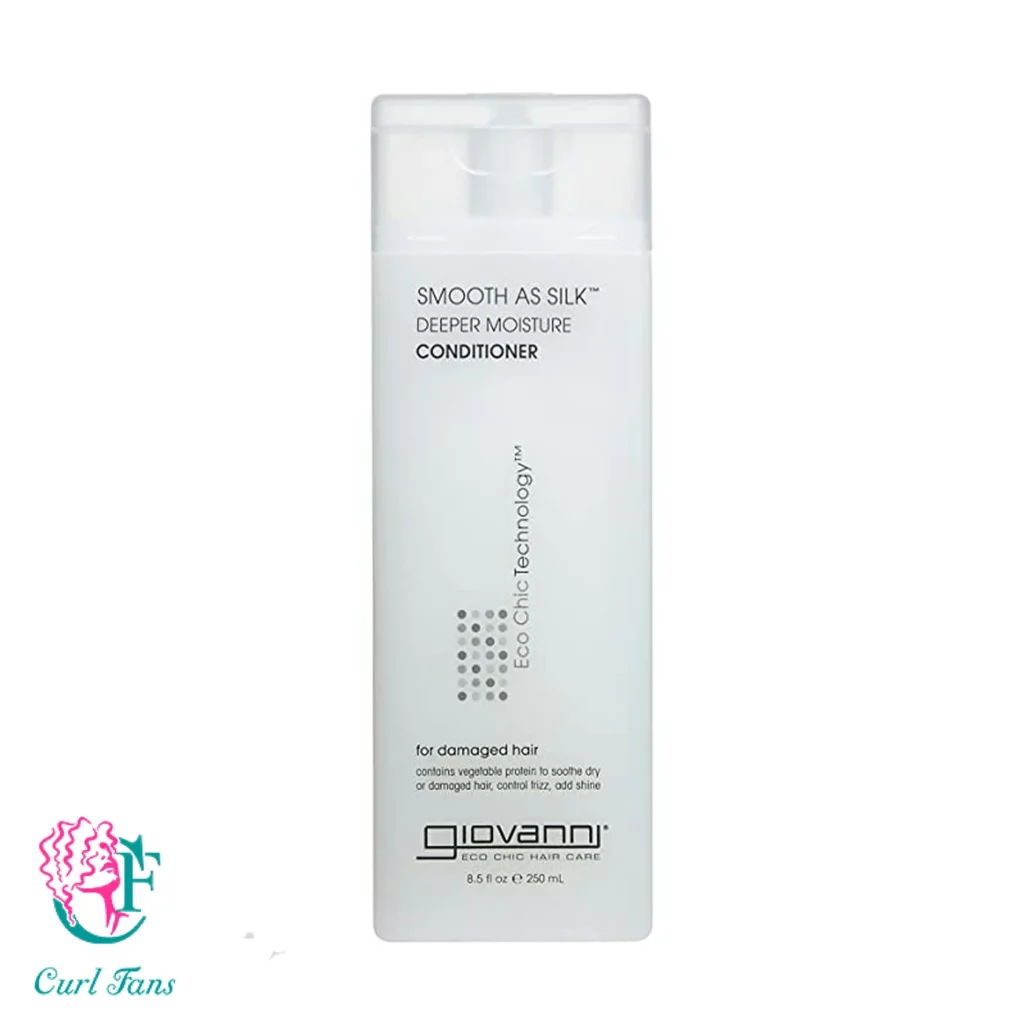
Detangle Your Curls.
You should detangle your hair before drying or heat-styling it. If you want to detangle your natural hair in the shower and prepare it for drying and styling, use a detangling cleanser like Inashi Tropical Escape Co-Wash. After washing, we recommend using a soothing detangler like Righteous Roots Rx Serum.
Inahshi Tropical Escape Co-Wash
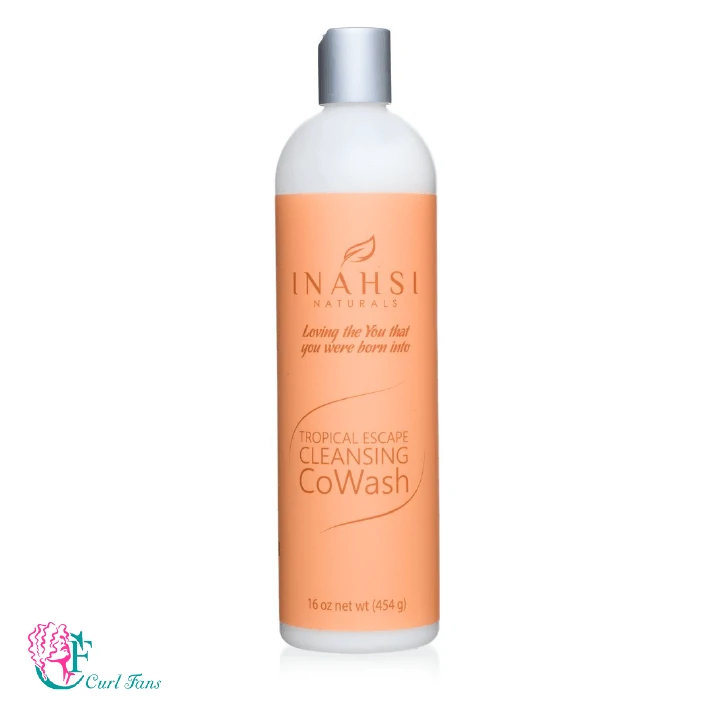
Righteous Roots Rx Serum

Put Heat Protectant In Your Routine.
When applying heat to curly or natural hair, prepare it by using a heat protectant first. Your hair will be protected against heat up to 450 degrees with most heat protectants.
When you are finished detangling your hair, you should follow this step before styling it.
Use Styling Tools In Low Heat Setting.
In order to achieve your desired look with minimal heat, you have to compromise when it comes to heat-styling natural hair. Note that in some areas of your hair, you need more heat than others, which is fine. To minimize the risk of heat damage, do not raise the temperature above 350 degrees.
In this blog, we discussed signs and also some tips about how to avoid heat damage on curly hair. If you have found any useful method that works for your hair to recover from heat damage, you can share them in the comments. This can be very useful for those who have your hair type. Have you tried any methods or tips that we mentioned in this post? if so, tell us which one worked for your hair best in Australia’s weather in the comments.
